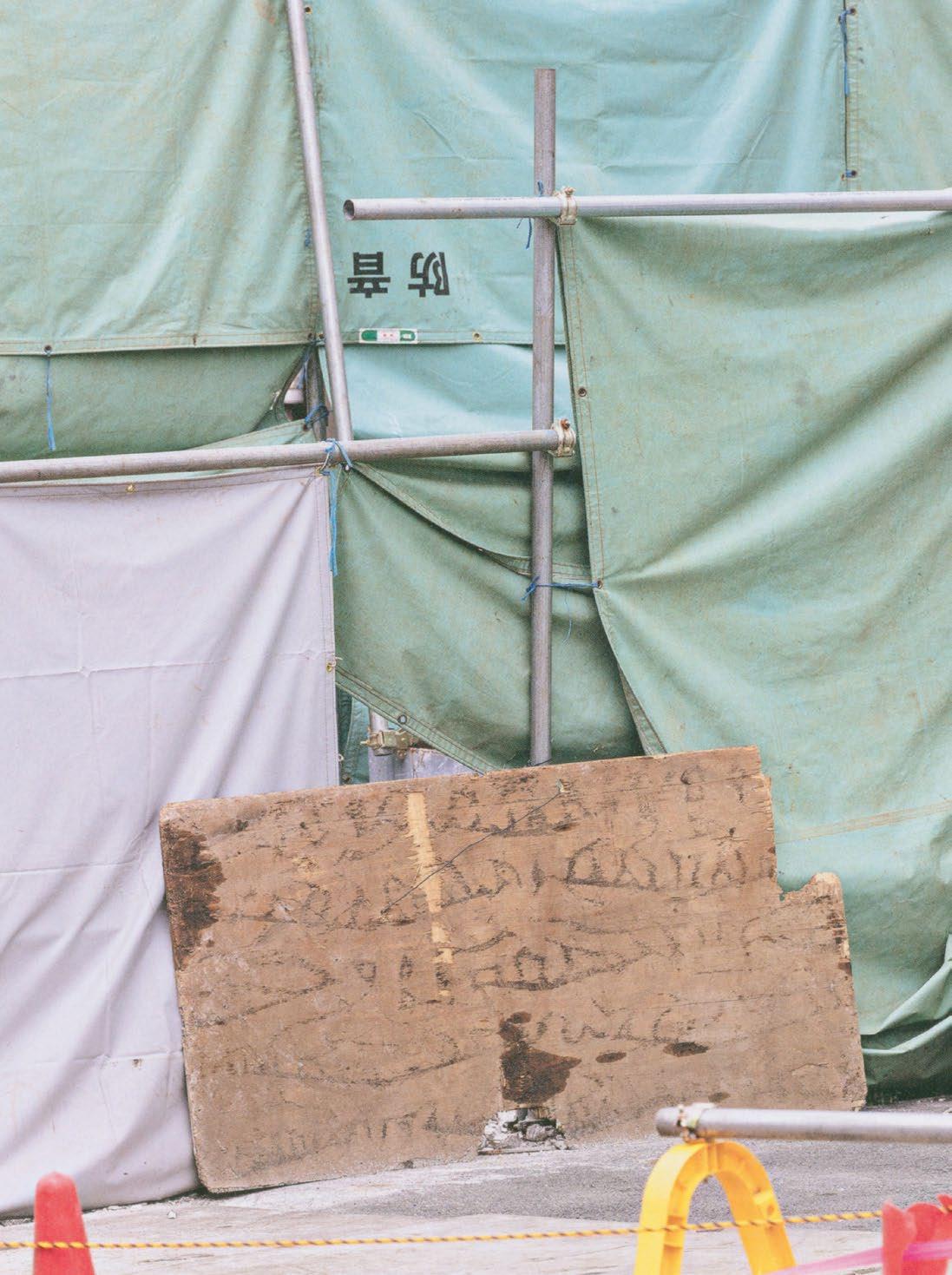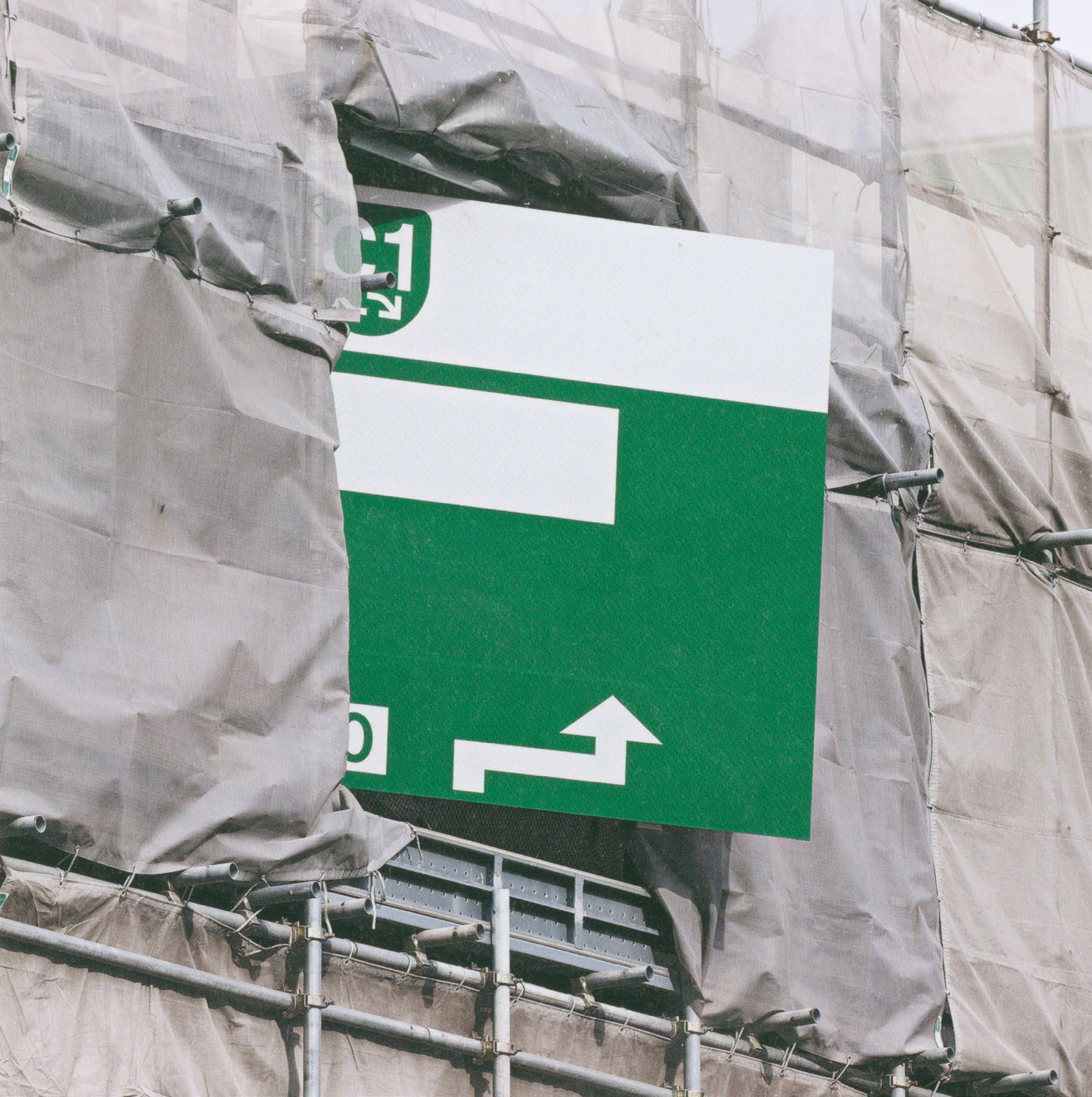

10 PRINCIPLES OF CIRCULAR DESIGN











Upcycling is the practice of reusing discarded objects or mateials in such a way as to create a product of higher quality or value than the original.
Unfinished not finished or concluded; incomplete. (of an object) not having been given an attractive surface appearance as the final stage of manufacture.
Construction the building of something, typically a large structure the style or method used in the building of something
Deconstruction the selective dismantlement of building components, specifically for reuse, repurposing, recycling, and waste management. Asset a useful or valuable thing, person, or quality
Embodied Carbon is the greenhouse gas emissions that occur when a product is extracted, transported, manufactured, used, and disposed of.
‘Zero-Waste’ is a lifestyle and waste management strategy that aims to reduce waste by reusing, recycling and composting. It also involves designing products and processes to avoid waste.
‘Circular Design’ is a design philosophy that advocates to rethink the process of design from the beginning and to adopt sustainability and respoce for the environment as a starting point. It is based on the idea of keeping products and materials in use for as long as possible.
Degrowth a policy of reducing levels of production and consumption within an economy in order to conserve natural resources and minimize environmental damage.
AThe Semipermanent Gallery
rchitecture is a field that could greatly benefit from Circular Design thinking; designs should start off with envisioning the building’s endof-life cycle and the processes that are needed to breakdown a building. By implementing an indefinite cycle of construction and deconstruction, the thesis encapsulates ideas set forth by Circular Design. Reusing materials from previous assemblies allows the structure to exist ‘forever’ in different forms. It also presents a ritual of labor and material consciousness - embracing the ideas presented by the Ise Jingu with a contemporary twist.
The thesis embraces the ideas of Cedric Price’s Fun Palace – a site for public learning that is adaptive and in constant change. It takes the idea of static architecture and turns it into an event for viewing and interaction with the public. The arrangement of construction assets occupies the courtyard plaza and is in a constant state of construction and deconstruction similarly to the Ise Jingu. However, each reconstruction imagines a new composition of the assets and allows for new misreadings of how equipment can be used.
This change in function of the equipment allows people to experience and view the site differently. Challenging the aesthetic of the finished and embracing what is normally considered ‘unfinished’; similarly to Frank Gehry’s early works, the use and exposure of construction equipment elicits an innate feeling of incompleteness. This thesis and Gehry’s early works challenge the normalized notion that architecture has to be finished to provide value.
Part of this thesis is to change designers’ perspective on where materials could come from and what constitutes as an architectural material. Why can’t temporary objects on the job-site be permanent? Could these design exercises help designers see alternative uses for construction materials?

Felicity Barbur - Mount Chicago






STATEMENT
Open During Construction explores three main themes: the aesthetics of construction, exploring ideas of the ‘incomplete’ and the line between ‘finished’ and ‘unfinished’, along while looking at temporary equipment on a construction site as more permanent materials.
The thesis recognizes that there is an intrigue from the general public about the mystique behind the veils of a construction site. Many can look, but never experience what it is like to be there. It challenges current social norms and regulations and seeks to break these barriers; giving the people what they want. Open During Construction does exactly as its name states: it seeks to explore what it means to have a construction site be open to the public during this phase of the architectural building process.
Manifesting as an indefinite installation at the MoMA PS1 – a space formerly known for its revolving temporary architecture competition – the proposal is for a semipermanent gallery addition in the form of an assembly of construction equipment that is in a constant state of construction and deconstruction – all while allowing patrons to walk through and explore the site.
By using construction equipment as building materials, it questions current sentiments and perceptions of equipment; visually perceiving the space as unfinished but knowing and coming to acceptance that this is the intended final design. It begins to question Architecture’s accepted process and the assumption that some aesthetics are accepted over others.
